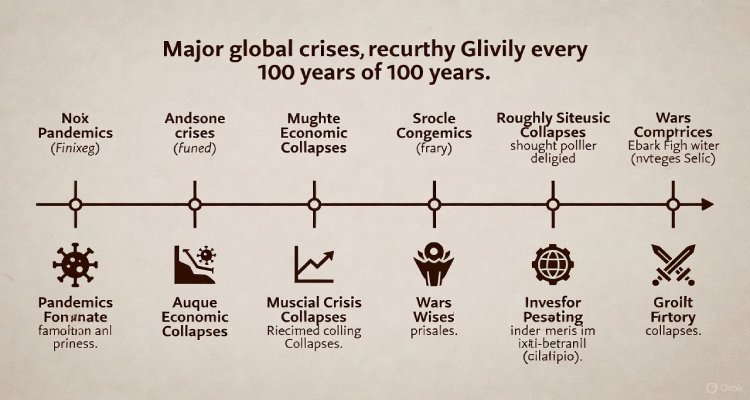Solar Roads: Why Haven’t They Taken Over Yet?
Despite their futuristic promise, solar roads face steep technical, financial, and durability challenges. Here’s why they haven’t become mainstream.
Introduction: The Dream of Roads That Power the World
Imagine driving down a highway where every mile beneath your tires generates clean electricity. A future where roads don’t just carry cars but also fuel entire cities with renewable energy. This was the vision behind solar roads—a technology that once made headlines for its potential to transform infrastructure into a massive power grid. Yet, more than a decade later, these futuristic roads remain largely experimental. Why haven’t they taken over the world?
Context & Background: From Concept to Hype
The concept of solar roads began gaining traction in the early 2010s, when startups like Solar Roadways in the United States and Wattway in France announced bold pilot projects. The idea was straightforward: replace asphalt with durable, transparent panels embedded with photovoltaic cells. These panels would not only generate electricity but could also include LEDs for signage, heating elements to melt snow, and sensors for traffic management.
The pitch was irresistible—roads covering millions of square miles worldwide could double as solar farms. Media buzz and crowdfunding campaigns fueled public excitement, painting solar roads as a near-future reality. Governments and investors began to take notice.
Main Developments: Trials and Stumbling Blocks
Despite the hype, solar road projects encountered major setbacks when tested in real-world conditions:
- Durability Issues: Roads endure extreme pressure, weather, and wear. Panels frequently cracked, wore down under heavy trucks, or lost efficiency due to dirt and tire abrasion.
- Efficiency Concerns: Unlike angled rooftop panels, road-embedded solar cells lay flat, reducing their exposure to sunlight. Even minor shading from vehicles or debris significantly cut performance.
- High Costs: Building solar roads cost far more than installing conventional solar farms. France’s Wattway project, for instance, cost millions but delivered disappointing energy output.
- Maintenance Challenges: Replacing or repairing individual panels proved complex, making upkeep impractical on a large scale.
These challenges transformed solar roads from a revolutionary promise into a sobering lesson in the limits of technology hype.
Expert Insight & Public Reaction
Experts in renewable energy have been skeptical about the practicality of solar roads. “From a cost-benefit perspective, ground-based solar farms and rooftop installations remain far more efficient,” notes Dr. Emily Carter, a renewable energy researcher at Princeton University.
Public sentiment has been mixed. Early backers of projects like Solar Roadways expressed frustration when promised results fell short. Yet, some remain hopeful, seeing these efforts as valuable experiments. “Even if solar roads don’t work, they push innovation forward,” one supporter commented during an online forum debate.
Impact & Implications: What’s Next for Solar Roads?
While large-scale adoption seems unlikely in the near future, solar roads aren’t entirely dead. Smaller-scale applications—such as pedestrian walkways, bike paths, or demonstration projects—continue in countries like China and the Netherlands. These controlled environments reduce wear and make solar integration more feasible.
At the same time, the lessons learned are shaping the next wave of infrastructure innovation. Researchers are exploring solar canopies over highways, which protect cars from sun and rain while efficiently generating power. Others are integrating solar panels into sound barriers along highways—structures that don’t bear traffic loads but still offer large surface areas for energy production.
The dream of roads that power themselves may evolve into something less ambitious but more practical: infrastructure that incorporates solar power without compromising function or durability.
Conclusion: A Vision Reimagined
Solar roads captured imaginations because they embodied a bold idea: turning everyday infrastructure into a clean energy powerhouse. Reality, however, has proven more complicated. Cost, efficiency, and durability have slowed their rollout, reminding us that not every futuristic vision survives first contact with the real world.
Still, the story of solar roads isn’t one of failure but of redirection. As engineers refine the technology and pivot toward more practical designs, the dream of solar-powered infrastructure remains alive—just not under our wheels, at least not yet.
Disclaimer : This article is for informational purposes only and does not constitute financial or investment advice.











